California’s $20 Fast Food Minimum Wage Hike is Already Having Disastrous Unintended Consequences
California recently increased the minimum wage for fast food workers to $20 per hour, effective October 1, 2023. This historic raise aims to reduce economic inequality and uplift low-income workers.
However, the reality has been far from the expected win-win scenario, as businesses and employees face significant challenges and unintended consequences.
The Rationale Behind the Increase
Governor Gavin Newsom defended the wage hike by highlighting economic disparities, stating, “We saw the inequities … We had a responsibility to do more.” This move was heavily supported by unions, which often influence policy in Democrat-led states.

Source: Freepik
CNN reported, “Half a million California fast food workers will now earn $20 per hour,” showing the policy’s wide-reaching impact.
Immediate Job Losses
Many fast food chains are struggling to cope with the increased labor costs. For example, Burger King has implemented self-service kiosks in lieu of employees, and Pizza Hut laid off over a thousand delivery drivers in early November 2023.

Source: Freepik
Michael Ojeda, a laid-off driver, lamented, “What’s the point of a raise if you don’t have a job?” These job cuts highlight the immediate fallout of the wage hike.
The Shift to Automation
To mitigate rising labor costs, some companies are turning to automation. Chipotle introduced a robot that makes burrito bowls, reducing the need for human workers.
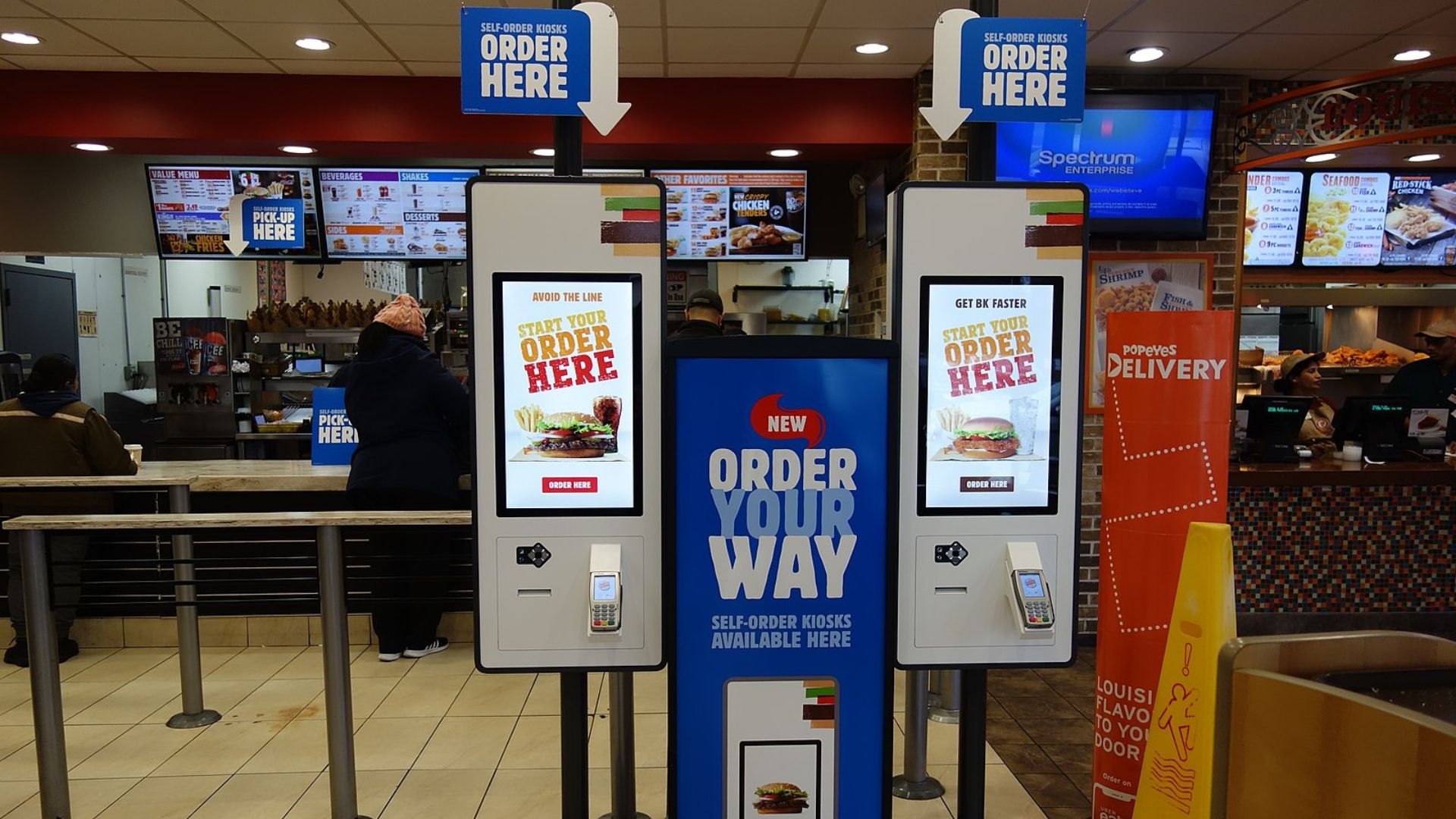
Source: Wikimedia Commons
CNN also noted, “Some restaurants are replacing [fast food workers] with kiosks.” This shift not only displaces workers but also signals a broader trend towards technology replacing low-wage jobs.
Rising Consumer Prices
The wage increase has also led to higher prices for consumers. Big Mac combo meal at McDonald’s, for instance, now costs upwards of $18 or more.
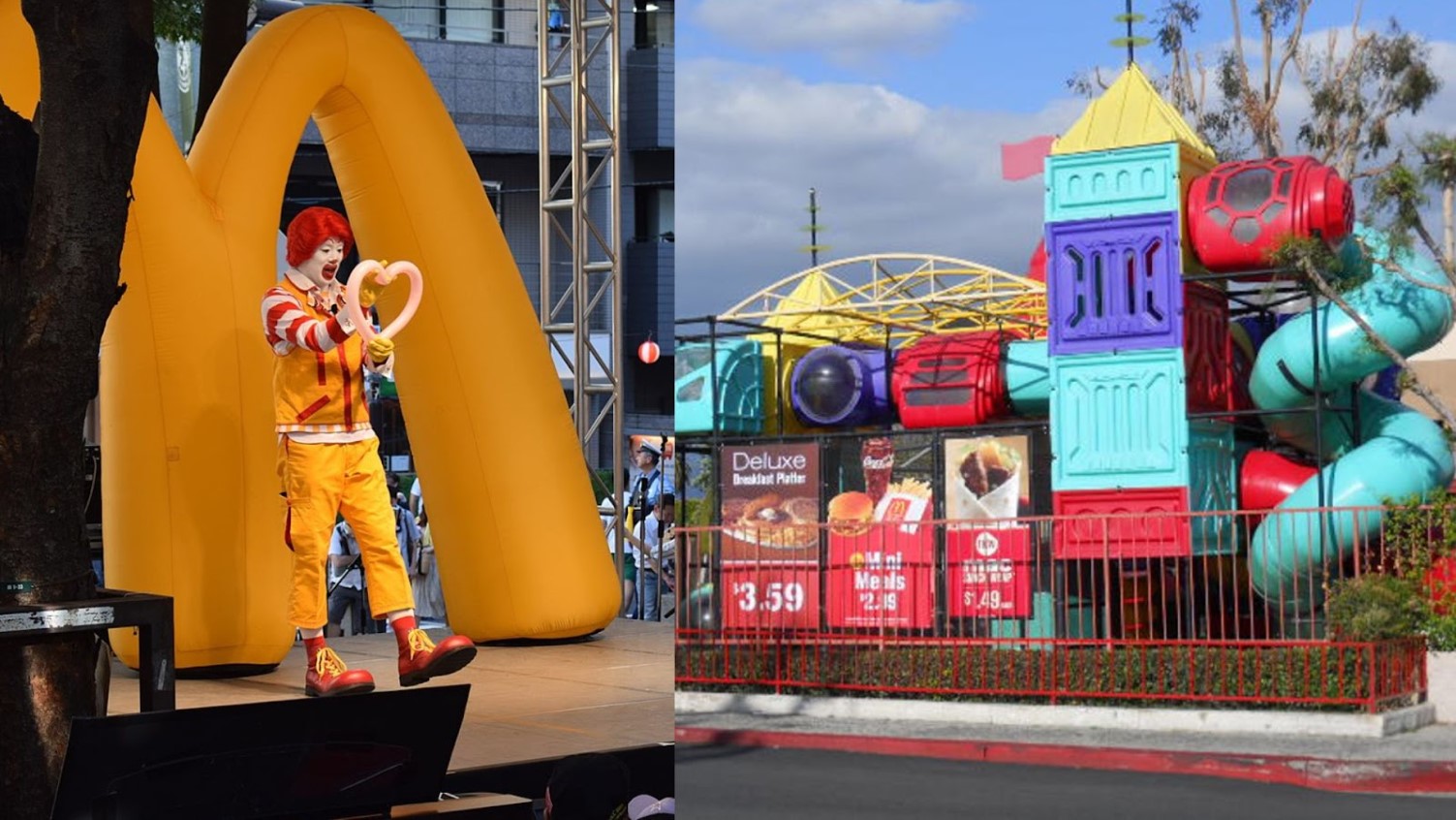
Source: Wikimedia
These price hikes mean that the higher wages are offset by increased living costs, leaving both workers and consumers to bear the brunt of the policy change.
Impact on Young Workers
The new minimum wage particularly affects young and unskilled workers. With higher costs, employers are less inclined to hire inexperienced individuals.

Source: Kampu Production/Pexels
This echoes the 2014 Seattle experience, where higher minimum wages led to reduced job opportunities for teenagers.
Business Closures
Several small fast food outlets have shut down due to unsustainable wage expenses. These closures have resulted in job losses and reduced service availability, particularly in low-income neighborhoods.

Source: Freepik
This unintended consequence exacerbates the very inequities the wage hike aimed to address, as communities lose essential services and employment opportunities.
Governor Newsom’s Denial
Governor Newsom dismissed concerns about price increases, claiming, “I’ve heard that rhetoric before. And it didn’t happen!”

Source: Office of the Governor of California/Wikimedia Commons
However, evidence from multiple sources contradicts this, showing that higher wages do lead to higher prices and reduced employment opportunities.
The Domino Effect
Other businesses are feeling the ripple effects of the wage hike. Suppliers and ancillary service providers to the fast food industry are also raising prices or cutting back on services.

Source: Wikimedia
This further strains the economic ecosystem, as increased costs ripple through the supply chain, affecting a wide range of businesses and their employees.
Long-term Economic Impact
Economists warn that the long-term effects of the wage hike could be detrimental. Higher operational costs may drive more businesses out of California, reducing job opportunities and slowing economic growth in the state.
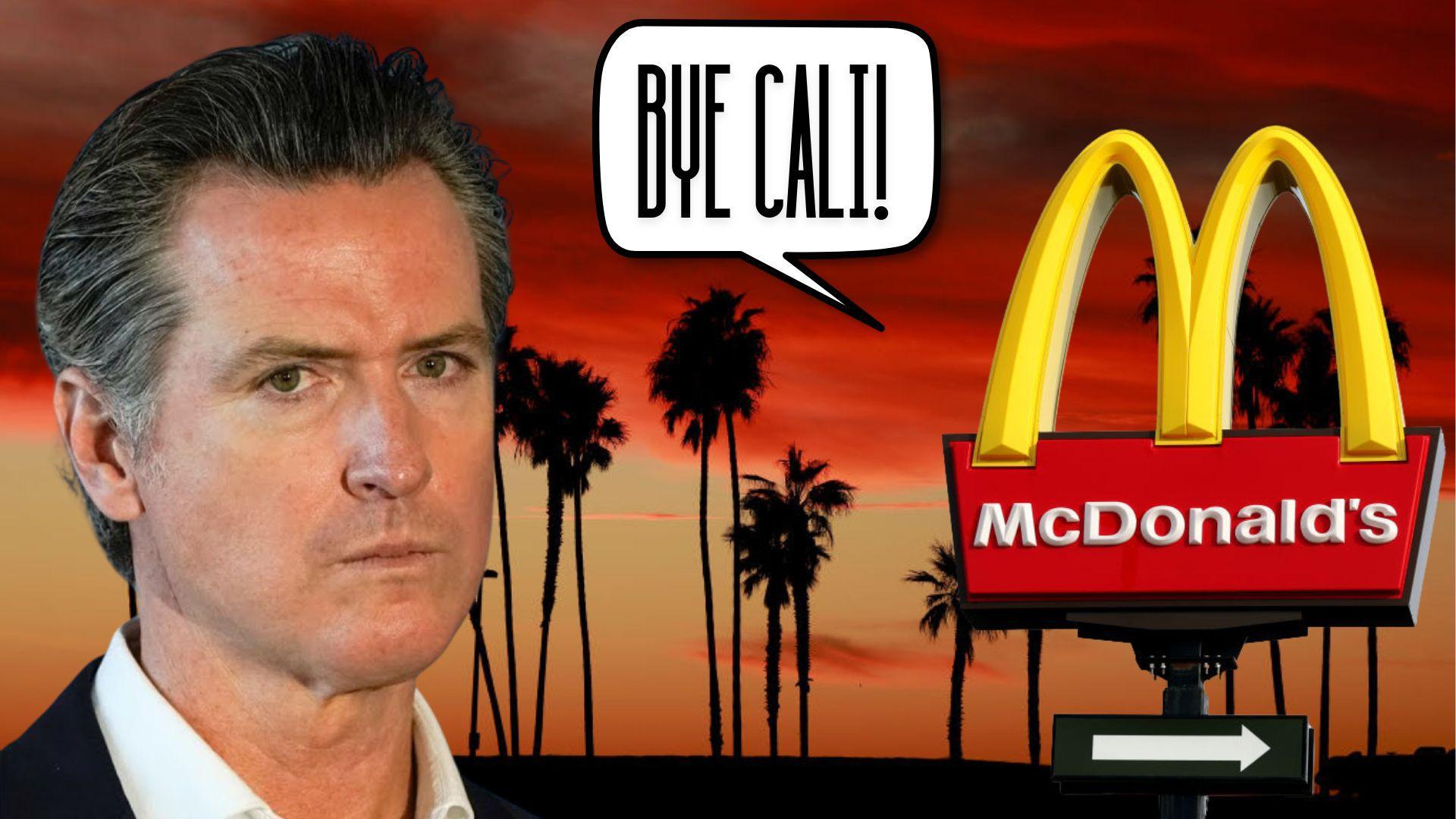
As companies leave or downsize, the intended benefits of the wage hike may be overshadowed by broader economic downturns.
Playing the Long Game?
While the intention behind California’s $20 minimum wage for fast food workers was to reduce inequality, the unintended consequences have been severe. Job losses, increased automation, higher consumer prices, and reduced opportunities for young workers highlight the complex dynamics at play.
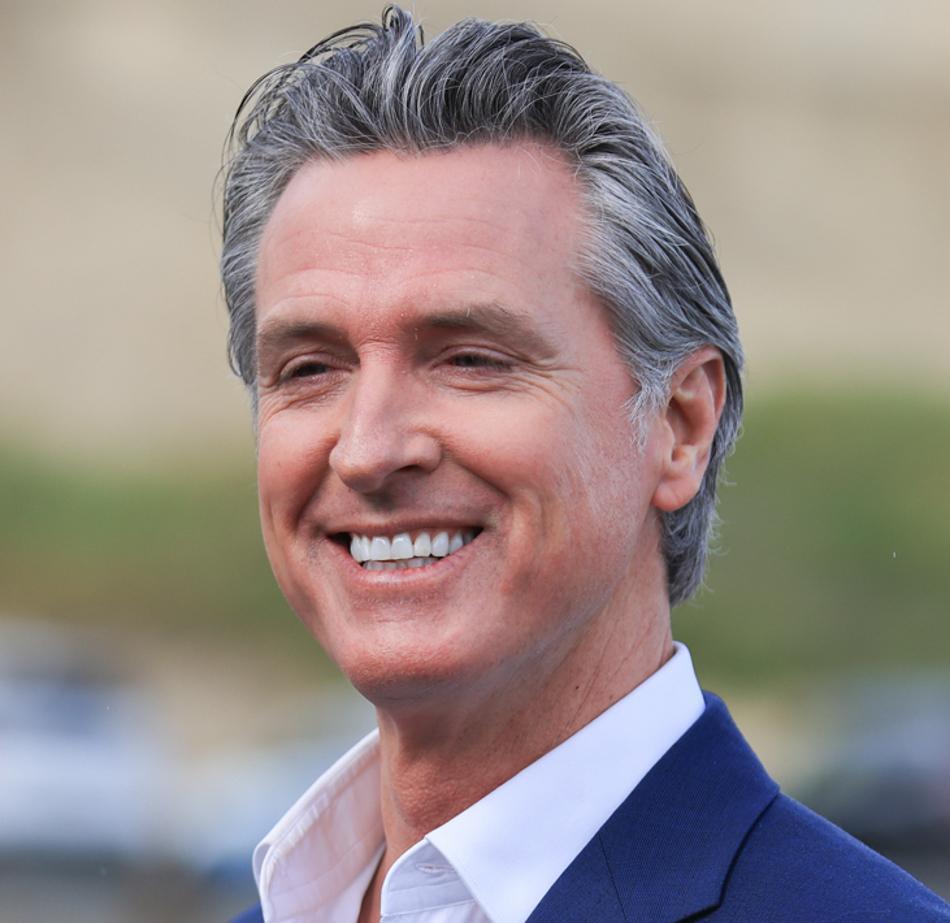
Source: Wikimedia
As the state grapples with these challenges, it remains to be seen how the economy will adjust in the long run.
Future Policy Considerations
As California navigates the fallout from the $20 minimum wage hike, policymakers need to consider alternative strategies to support low-income workers without disrupting the labor market.
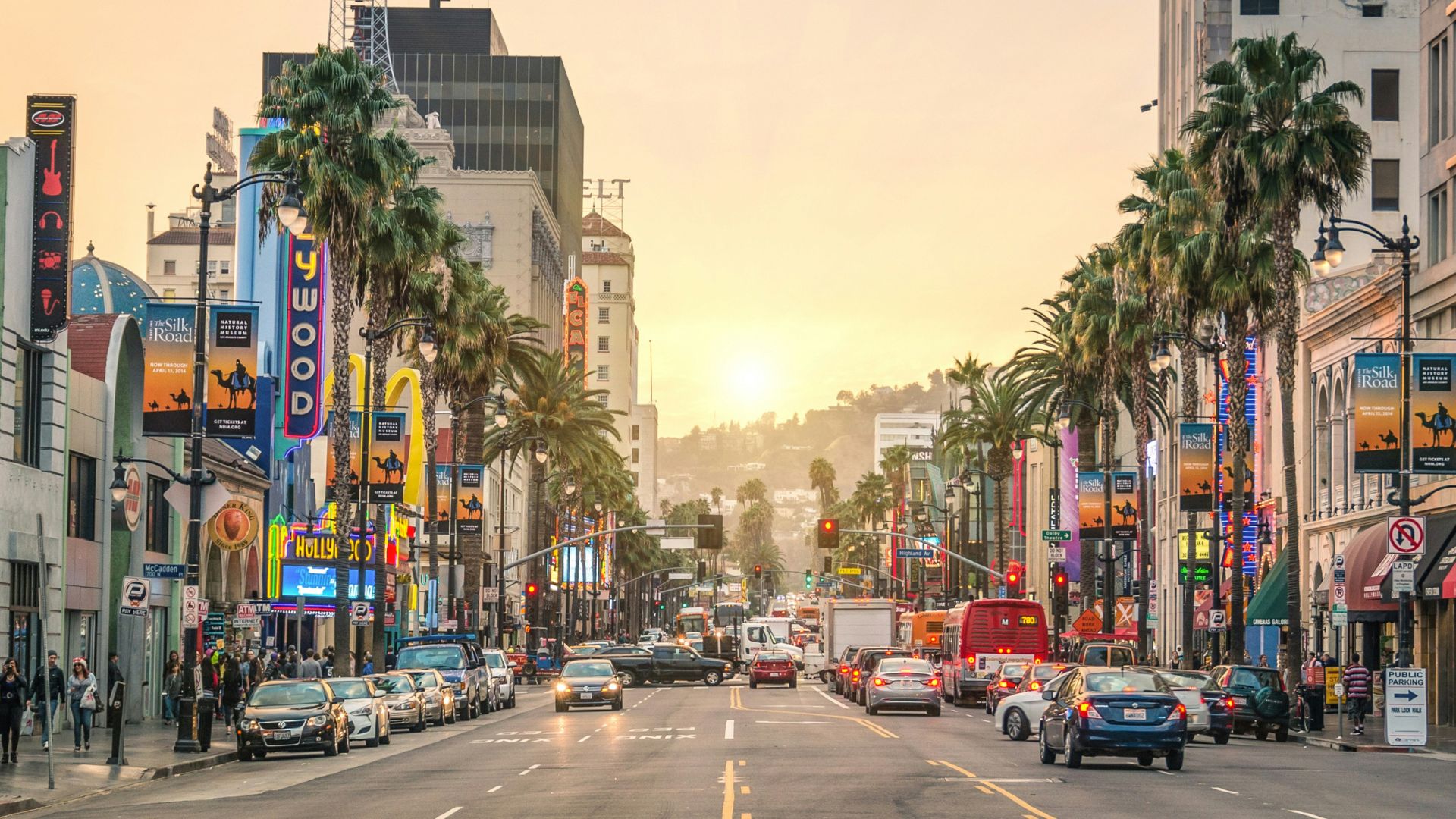
Source: Lala Miklós/Unsplash
More thoughtful measures could help balance the need for fair wages with the economic realities facing employers and employees, promoting sustainable economic growth.
